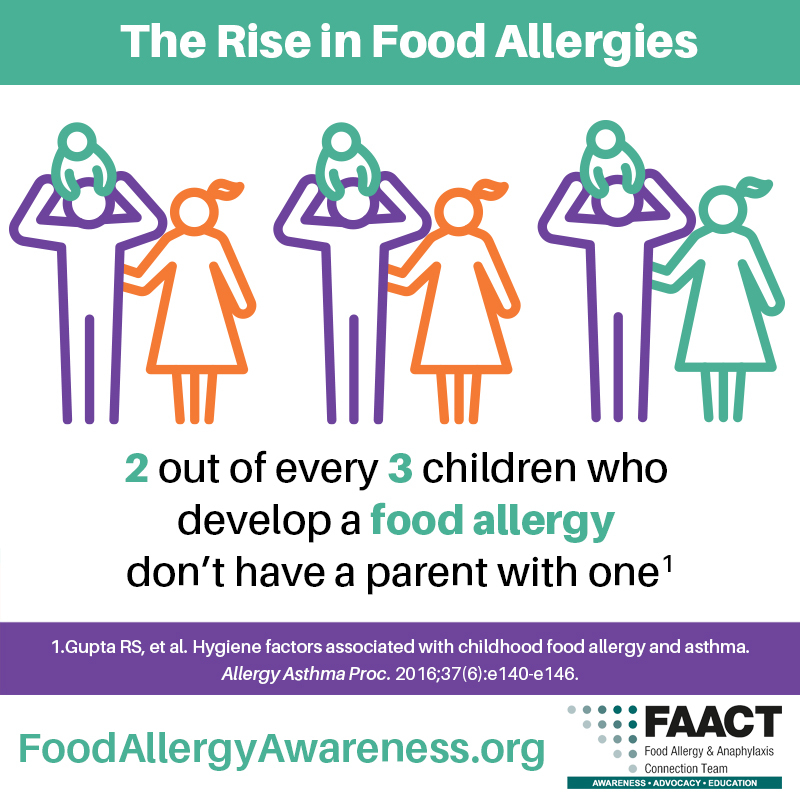The Rise In Food Allergies
Subcategories

The Rise In Food Allergies
Food allergy is a rising, global epidemic. The greatest rise in the prevalence of food allergies is in the US and other industrialized countries around the world (source). The number of people with food allergy in America has doubled each of the last decades. New research has revealed that more than 32 million people in the US have at least one food allergy. About 6 million American children, which is about 2 kids in every classroom, have an identified food allergy (source).
Anyone can develop a food allergy, even without a family history. In fact, research suggests that the majority (2/3) of children who develop a food allergy do not have a parent with one (source). With the rapid rise of food allergies over the past generation, experts believe that increases in allergy susceptibility are being driven, in part, by environmental factors.
Although peanut allergy is most commonly discussed in the media, peanut is not the only potential allergen to be aware of. Of all people (children and adults) who develop a food allergy, only about 7% develop a food allergy to peanuts alone. That means that most people who develop a food allergy become allergic to something other than or in addition to peanut. The 9 most common allergens are Milk, Eggs, Peanuts, Tree nuts (such as almonds, cashews, walnuts), Fish (such as bass, cod, flounder, salmon), Shellfish (such as crab, lobster, shrimp), Soy, Wheat (source) and increasingly Sesame (source).

